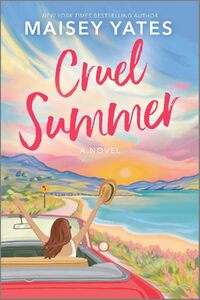

Purchase
Observations on the Mysteries of Photography
Penguin Press
September 2011
On Sale: September 1, 2011
336 pages
ISBN: 1594203016
EAN: 9781594203015
Hardcover
Add to Wish List
Non-Fiction Photography
Academy Award-wining filmmaker Errol Morris investigates
the hidden truths behind a series of documentary
photographs. In Believing Is Seeing Academy
Award-winning director Errol Morris turns his eye to the
nature of truth in photography. In his inimitable style,
Morris untangles the mysteries behind an eclectic range of
documentary photographs, from the ambrotype of three
children found clasped in the hands of an unknown soldier at
Gettysburg to the indelible portraits of the WPA photography
project. Each essay in the book presents the reader with a
conundrum and investigates the relationship between
photographs and the real world they supposedly record.
During the Crimean War, Roger Fenton took two nearly
identical photographs of the Valley of the Shadow of
Death-one of a road covered with cannonballs, the other of
the same road without cannonballs. Susan Sontag later
claimed that Fenton posed the first photograph, prompting
Morris to return to Crimea to investigate. Can we recover
the truth behind Fenton's intentions in a photograph taken
150 years ago? In the midst of the Great Depression
and one of the worst droughts on record, FDR's Farm Service
Administration sent several photographers, including Arthur
Rothstein, Dorothea Lange, and Walker Evans, to document
rural poverty. When Rothstein was discovered to have moved
the cow skull in his now-iconic photograph, fiscal
conservatives-furious over taxpayer money funding an
artistic project-claimed the photographs were liberal
propaganda. What is the difference between journalistic
evidence, fine art, and staged propaganda? During the
Israeli-Lebanese war in 2006, no fewer than four different
photojournalists took photographs in Beirut of toys lying in
the rubble of bombings, provoking accusations of posing and
anti-Israeli bias at the news organizations. Why were there
so many similar photographs? And were the accusers objecting
to the photos themselves or to the conclusions readers drew
from them? With his keen sense of irony, skepticism,
and humor, Morris reveals in these and many other
investigations how photographs can obscure as much as they
reveal and how what we see is often determined by our
beliefs. Part detective story, part philosophical
meditation, Believing Is Seeing is a highly original
exploration of photography and perception from one of
America's most provocative observers.
Comments
No comments posted.
Registered users may leave comments.
Log in or register now!
| 


 © 2003-2025 off-the-edge.net
all rights reserved Privacy Policy
© 2003-2025 off-the-edge.net
all rights reserved Privacy Policy